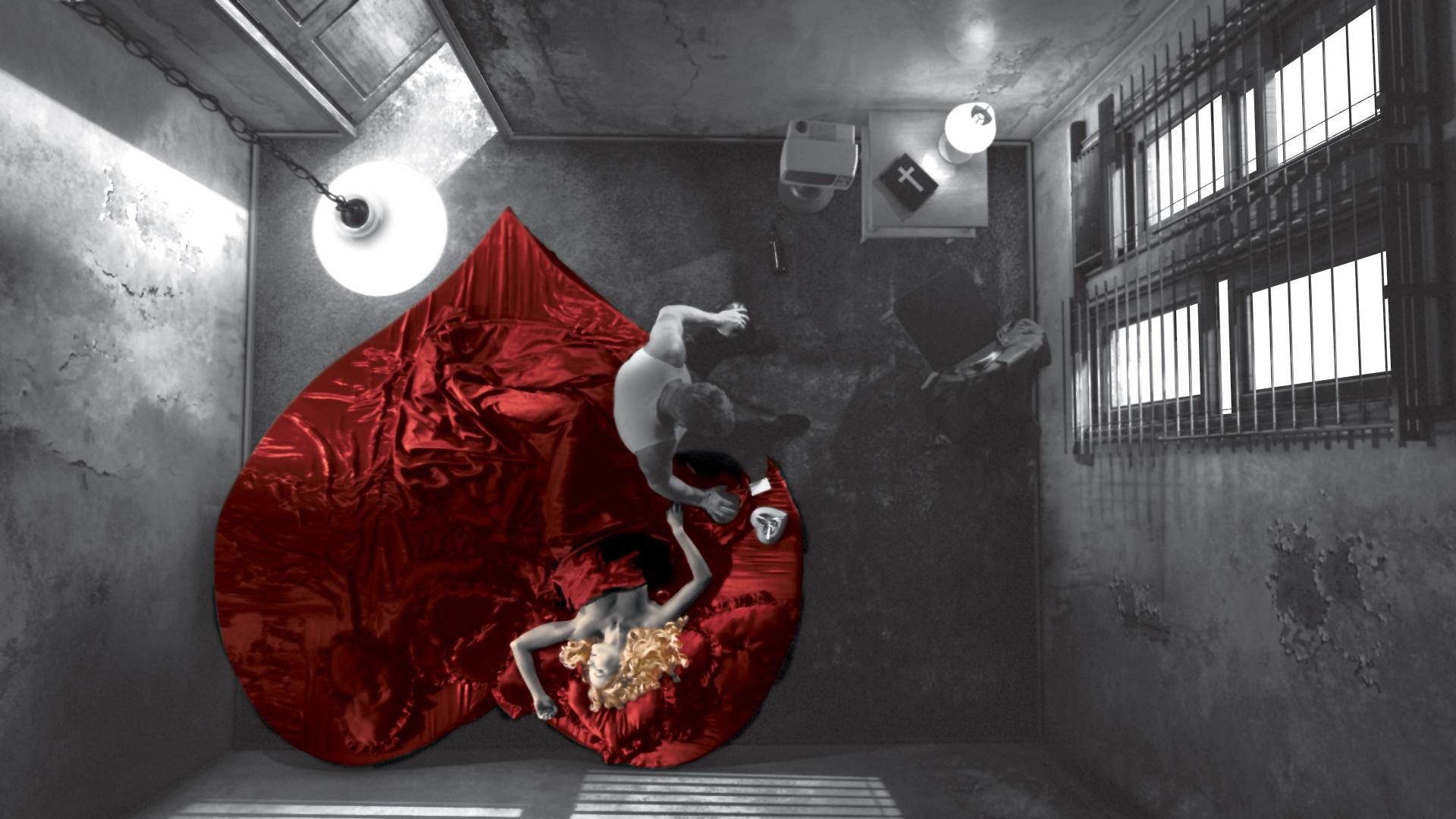 German Expressionism is the term used to refer to a number of related creative movements which emerged in Germany before the WW1 which reached a peak in Berlin, during the 1920s.
German Expressionism is the term used to refer to a number of related creative movements which emerged in Germany before the WW1 which reached a peak in Berlin, during the 1920s. It was the early film noir, if you like. It spanned across many media including: theater, architecture, music, painting and sculpture. Drama also played a part of the Expressionist movement in Germany, with playwrights expanding the range of what could be depicted on stage.
In film making it is also referred to as Expressionism and is probably the best known part of the movement. During the period of recovery after the war, the German film industry was booming! It was difficult to create films that could compare with the lush, extravagant features coming from Hollywood. The filmmakers of the German UFS studio developed their own style by using symbolism and mise-en-scene to add mood and deeper meaning to a film.
The first Expressionist films were highly symbolic and deliberately surrealistic portrayals of filmed stories.
The Cabinet of Dr. Caligari (1920)
The Golem (1920)
Destiny (1921)
Nosferatu (1922) (Still image above)
Phantom (1922)
Schatten (1923)
The Last Laugh (1924)
Other examples/References
I found these on wiki, and I thought it was quite interesting looking at music examples.
The Red Hot Chili Peppers's video for their song Otherside (2000) has elements of the German Expressionist style. It can also be seen in the video Predictable from Good Charlotte and Rob Zombie's music video for Living Dead Girl.
Other Side - RHCP
http://uk.youtube.com/watch?v=wqHcD6tv2po&feature=related - Rob Zombie!
Thom Yorke has referred to the influence of German Expressionism in the creation of the artwork for his solo work "The Eraser".



















No comments:
Post a Comment